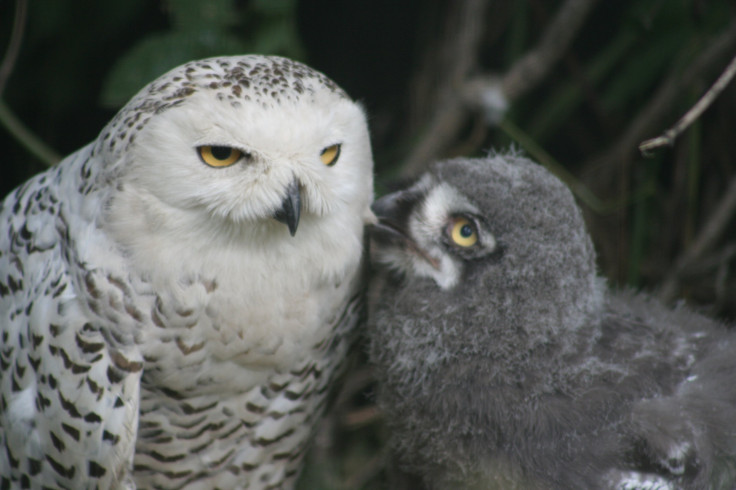Baby Owls Sleep Like Us; Study Could Help Researchers Understand the Function of REM Sleep

Researchers at the Max Planck Institute for Ornithology in Germany and the University of Lausanne in Switzerland have released a study introducing the connection between sleep, brain development, and pigmentation in both owls and humans.
The study found that baby owls have similar sleep patterns as humans and other mammals, meaning they go through the REM stage predominantly in their early years, which then decreases as they age.
The first stage of sleep in both birds and mammals is REM (Rapid Eye Movement) sleep, where we encounter our dreams and our brain is at a high level of activity. The second stage is non-REM sleep. Although many mammals experience REM sleep predominantly in early stages of life, scientists are still not entirely certain what its purpose is.
Researcher Niels Rattenborg hopes that "this naturally occurring variation in REM sleep during a period of brain development can be used to reveal exactly what REM sleep does for the developing brain in baby owls, as well as humans."
The study also found a correlation between owls' sleep development and the expression of a gene that causes melanism. Melanism, the opposite of albinism, is the development of a dark pigment in the skin, or in the case of birds, in the feathers. Owlets with a higher level of the melanism gene had experienced less REM sleep than other owlets their age. Though it is still unclear, the findings suggest that their brains were developing faster than those with less levels of the melanism gene.
"As in several other avian and mammalian species, we have found that melanic spotting in owls covaries with a variety of behavioral and physiological traits, many of which also have links to sleep, such as immune system function and energy regulation," notes Alexander Roulin from the University of Lausanne.
It had been previously established that birds were the only non-mammalian creatures to experience REM sleep. Niels Rattenborg and his team chose to look more deeply into whether sleep develops the same way in birds as it does in humans.
For five days, they measured sleep in 66 wild barn owlets by using an electroencephalogram (EEG) and minimally invasive EEG sensors that are normally used in humans. They noted that the owlets spent a large amount of time in REM sleep, in which "the owlets' EEG showed awake-like activity, their eyes remained closed, and their heads nodded slowly," Madeleine Scriba from the University of Lausanne said.
Though further research will be required to determine more conclusive evidence about the function of REM sleep, the study pointed out several questions that can probe future studies: Do changes in sleep during human brain development have an impact on adult brain organization? To what extent does sleep development correlate with pigmentation or melanism in adult owls, and does it influence their behavior and physiology?
Source: Madeleine F Scriba, Anne-Lyse Ducrest, Isabelle Henry, Alexei L Vyssotski, Niels C Rattenborg, Alexandre Roulin. Linking melanism to brain development: expression of a melanism-related gene in barn owl feather follicles covaries with sleep ontogeny. Frontiers in Zoology, 2013



























